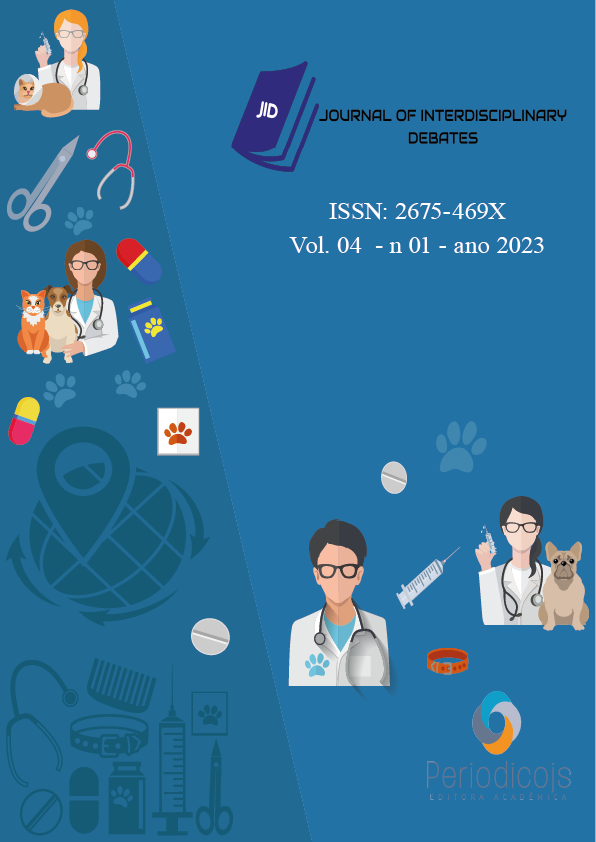Abstract
Objective: To create an evaluative instrument focused on the production of knowledge by students in Biology classes at a state school in the municipality of Sinop, Mato Grosso. Methodology: This is a descriptive study of the experience report type, developed with fourteen students of the 3rd year of high school between the months of September and November 2022. The evaluation instrument was constructed and developed during the classes of a Master’s discipline , formalized and applied by two master’s professors. It consists of two stages, developed by two teachers of basic education, Master’s students in Teaching Natural Sciences and Mathematics at the Federal University of Mato Grosso. The first stage was carried out in two moments: carrying out the circuit with the students, with the application of group activities, and subsequent socialization with the class. The second stage included the process of looking at what students think and feel in relation to the evaluative learning circuit as an evaluation process in the classroom, in Biology classes, and reflect, according to the view of these students, their concerns , that is, the positive and negative points of this evaluation instrument implemented in the classroom. Results: The proposal was accepted with great pleasure, since this reflection allowed both teachers involved to reflect on their practices in the classroom, seeking adaptations or improvements that may reflect on the students’ learning process. Likewise, students reported that the circuit was dynamic and brought learning in a lighter way, without leaving aside the scientific pedagogical context. Conclusion: It is possible to conclude, even partially, that the circuit is a positive instrument, which needs adaptations depending on the class with which the activity is developed. However, the learning and evaluation aspects must be considered in the same way, that is, none is more important than the other, but rather, they complement each other.
References
CONCEIÇÃO, E. de L. R. Sala de aula como grupo colaborativo para efetivação da aprendizagem matemática no ensino fundamental. Secretaria de Estado de Educação do Paraná – SEED-PR. 2016.
DAMIANI, M. F. Entendendo o trabalho colaborativo em educação e revelando seus benefícios. Educar em Revista, Curitiba: UFPR, n. 31, p. 213-230, 2008.
FIORENTINI, D. Pesquisar Práticas Colaborativas ou Pesquisar Colaborativamente? In: Pesquisa Qualitativa em Educação Matemática. Belo Horizonte: Autêntica, 2004.
LINS, R.C. O Modelo dos Campos Semânticos: estabelecimento e notas de teorizações. In: ANGELO, C.L. et al (org.). Modelo dos Campos Semânticos e Educação Matemática: 20 anos de história. São Paulo: Midiograf, 2012. p.11-30.
LINS, R.C. Por que discutir teoria do conhecimento é relevante para a Educação Matemática. In: BICUDO, M.A.V. (Org.). Pesquisa em Educação Matemática: concepções & perspectivas. São Paulo: Editora UNESP, 1999. p . 7 5 - 9 4 (Seminários DEBATES Unesp).
SAD, L.A. Cálculo Diferencial e Integral: uma abordagem epistemológica de alguns aspectos. 371p. Tese de Doutorado (em Educação Matemática), PPGEM- IGCE-UNESP. Rio Claro, 1999.
VIOLA DOS SANTOS, J. R.; BURIASCO, Regina L. C. de. Avaliação e Análise da Produção Escrita em Matemática. In: Rafael Monteiro dos Santos, João Ricardo Viola dos Santos. (Org.). Instrumentação para a Pesquisa e Prática de Ensino de Matemática. 1ª ed. Campo Grande: UFMS, 2011, v. 1, p. 63-89.





